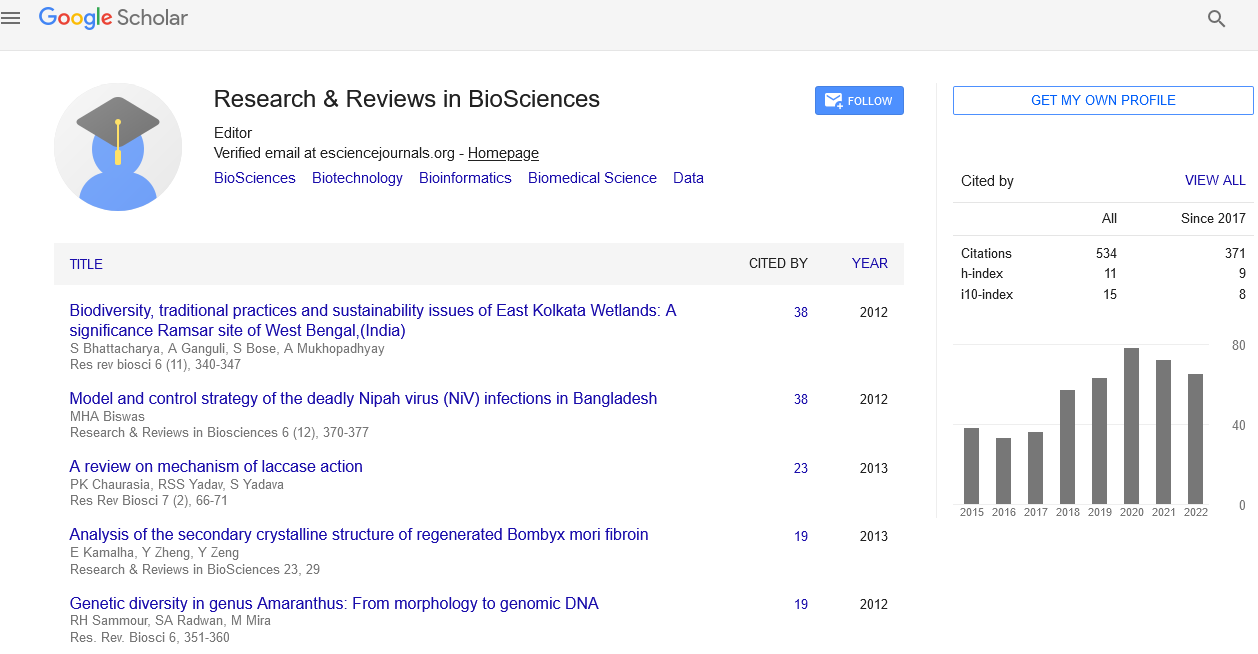Abstract
The Biochemical Defense of Olive by Phenolic Compounds against the Attacks Bacterial and Fungal
Author(s): Faiza Ilias, Nassira Gaouar, Wahiba Kholkhal, Imad Abdelhamid El-Haci, Kenza Meziane and Choukri BeghdedAll diseases of the olive causes considerable yield losses and represent a threat to the olive. Sooty mould, the Cycloconium, Verticillium wilt and Tuberculosis of the olive are diseases that can cause the most damage at the olive because they address not only leaves but also fruit. This study examines the relationship between the attacks of bacteria and fungi olives with the control of the olives by natural phenolic compounds against these attacks. Microbiological analysis of olives (Olea europaea L.) in Algeria showed the presence of seven bacterial genera (Erwinia, Serratia, Xanthomonas, Acinetobacter, Clavibacter, Hafnia and Shigella) and eleven kinds of fungi (Penicillium, Alternaria, Geotrichum, Cladosporium, Ulocladium,Mildew, Aspergillus, Trichotechium, Aspergillus Niger, Rhizopus and Monilia) that vary between healthy and infected fruit. The study of phenolic compounds showed varying levels of tannins, alkaloids and flavonoids between healthy and infected fruit. This shows that secretes the olive phenolic compounds to defend themselves against bacterial and fungal attacks.
